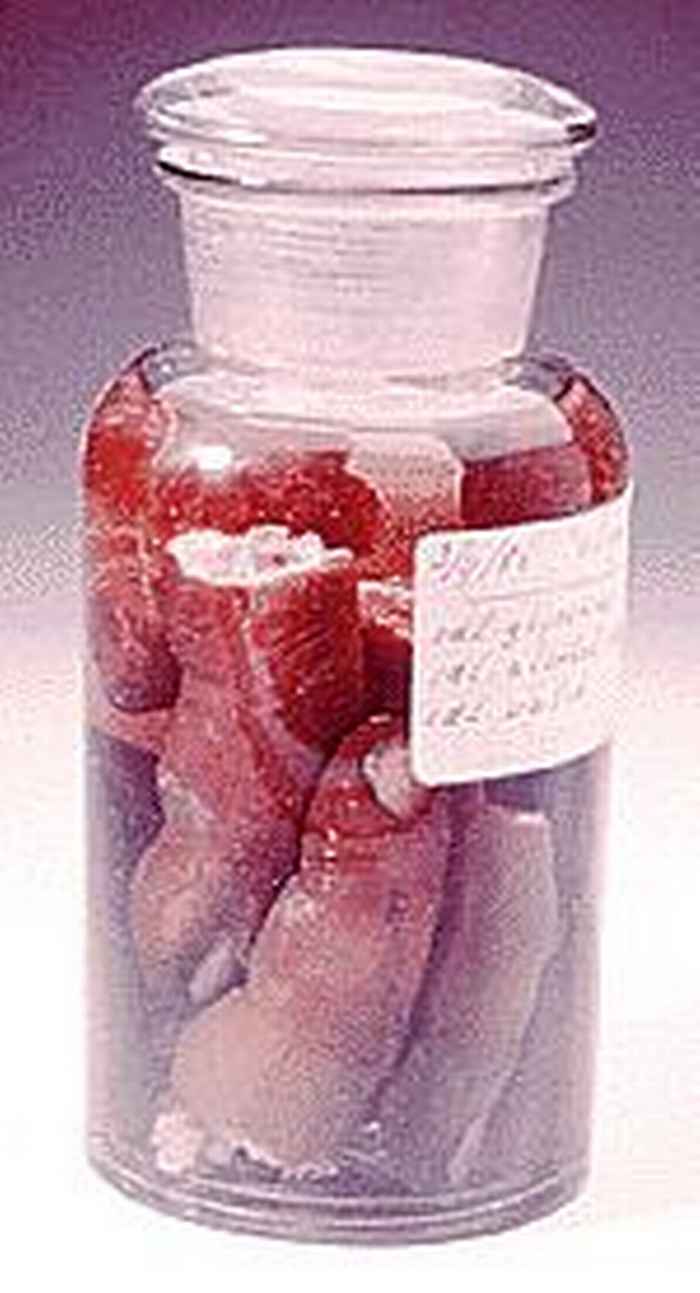Murder in St. Oedenrode
In 1919, the director was found with his throat cut, beside the broken safe from which a large amount of money was stolen. It was obvious that a violent struggle had taken place. A blood-soaked cloth was found beside the corpse and a part of a razor blade. Witnesses had seen two men fleeing the scene, one of them with wounds in the face and on his hands. Later, the two suspects were arrested in Amsterdam but hey denied any involvement in the crime. The expertise of Van Ledden Hulsebosch was called for by the police. He noticed that the wound of the suspect J. B. was fresh and not several days old, like the man claimed. Next, the police detection dog Alexander, after being introduced to the smell of the suspects by using their hats as a sample, linked the razor blade found next to the corpse to the suspects.
Van Ledden Hulsebosch also visited the crime scene in St. Oedenrode. Back in Amsterdam, when finishing up the case, Van Ledden Hulsebosch suddenly realized he had forgotten to take with him the fingerprints of the victim collected at the crime scene. He immediately sent a message to the local constable in St. Oedenrode, "send me the fingers (police-jargon for fingerprints) of the victim". The constable, never before confronted with high tech crime investigation, responded according to the best of his knowledge, the results are shown below.
Source:
DE ONTWIKKELING VAN DE RECHERCHETAAK
drs. J.M. Breukers, conservator, Nederlands Politiemuseum,
drs. J.A. Breukers-Drost and drs. E.M. Plokker
